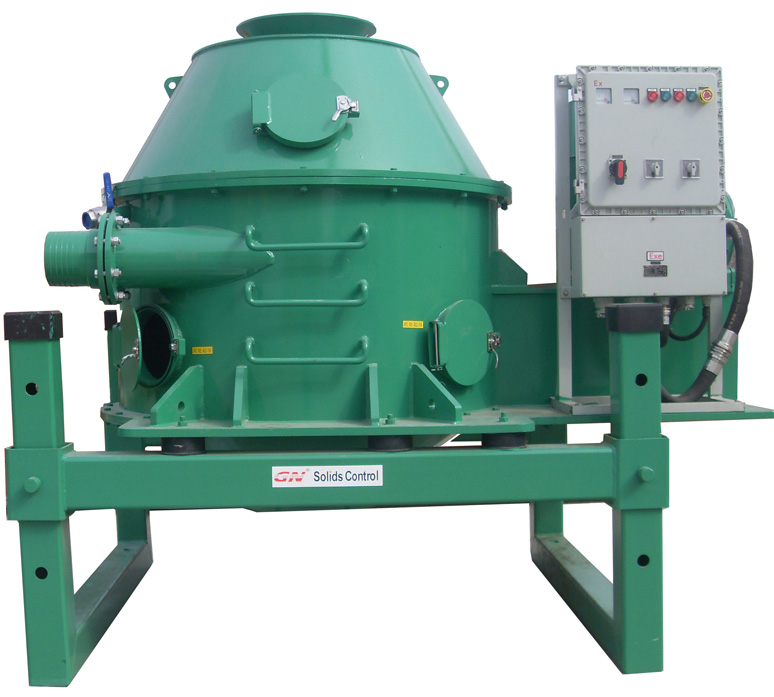
The principle aim of waste management is to ensure that waste does not contaminate the environment at such a rate or in such a form or quantity as to overload natural assimilative processes and cause pollution. Eliminating or minimizing waste generation is crucial, not only to reduce environmental liabilities but also operational cost. Many disposal practices of the past are being questioned now. As inadequate waste handling eventually leads to environmental damage and financial liabilities, systematic waste management through integrated environmental economics became a preferred approach in the up stream phase of the petroleum industry.
Decanter centrifuge and vertical cuttings dryer has become a popular approach to avoid the environment damage and save high drilling waste cost.


Historically, waste pits (reserve pits) were used at land rig sites. At the end of each well the wet cuttings left to dry naturally and then bulldozed or covered with natural soil. More recent history the cuttings were dug out and trucked to landfill, where a significant cost is incurred as the cuttings were treated purely as waste material current practice for operators onshore and offshore employs extensive fluids recovery and drilling cuttings disposal methods. Often, because they want to be considered responsible guests by their host country, oil and gas operators impose even more stringent environmental regulations on their operations than those imposed by the country in which they are drilling. E&P waste- management has evolved beyond the traditional drill cuttings and excessdrilling fluids during drilling and workover operations. Though these comprise the vast majority of the wastes other materials include contaminated water, material and chemical packaging, emissions such as carbon dioxide, scrap metals, fuel, lubricants and other oils as well as the usual human and industrial wastes associated with E&P operations.
Shell Exploration and Production Company established a Rig Waste Reduction Pilot Project in 2001 to identify potential waste reduction strategies. Their preferential hierarchy that they developed is: reduce, reuse, recycle, recover and dispose. The major of the total waste stream was found to be drilling discharges and non-hazardous oilfield waste. Mud use was reduced by 20% and mud component packaging was reduced by 90% through a combination of solids control efficiency, vertical cuttings dryer technology and bulk mixing equipment. In addition, Shell implemented a sorting, compaction and recycling process for solid waste (consumables and trash) to reduce landfill disposal.
Schlumberger has introduced a total waste management program to mitigate rising quantities of landfill waste. Benefits included an overall improvement in general housekeeping that reduced health and safety exposure and a general increase in environmental awareness and concern. Mobil implemented a waste management program for the Hugoton field operations.
The waste management system decreased overall waste-related costs while improving compliance assurance and reducing potential liability. The key element was a mechanical solids control system consisting of a semi-closed loop centrifuge flocculation dewatering process that removes solids for burial on location.Waste management, however, incorporates other aspects in addition to drilling fluids and cuttings. Air emissions and water runoff from the site should also be considered. With the increase in rig activity in the Rocky Mountain states, pollution from drilling rigs and other oil field related equipment has become a concern.
- Details
-
Published: 01 March 2014